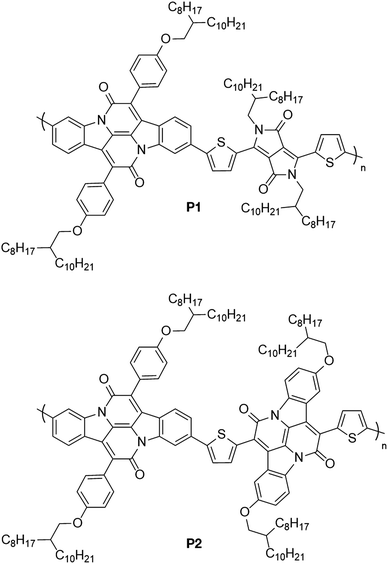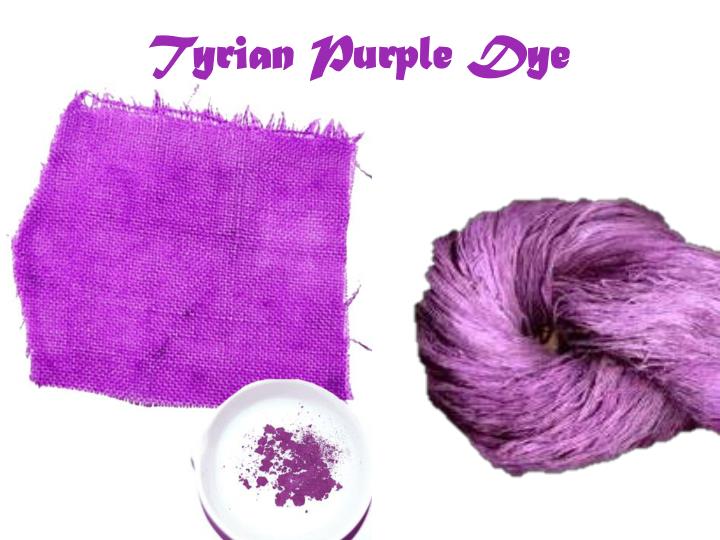

Article contentĪs an example, Conagen’s phenolics platform was used to make an important antioxidant, hydroxytyrosol, the active health ingredient found in oil, juice, and fruit in olives. This advertisement has not loaded yet, but your article continues below. In 301 CE, during the Roman Empire, one pound of Tyrian purple dye was priced at approximately three Troy pounds of gold, roughly $66,000 in today’s currency. Tyrian purple was once worth more than its weight in gold for its prized deep rich purple. As with any biologically-sourced textile dye, this color-fast compound reduces pollution and carbon footprints when used as an alternative to petrochemically synthesized dyes commonly used in the textiles industry today.Īlso known as Phoenician purple, royal purple, imperial purple, or imperial dye, this rare dye dates back several millennia to the bronze age when the Phoenicians from Tyre, Lebanon, on the Levantine coast, produced it for the ancient Greeks, Persians, Byzantines, and the Roman empire to clad emperors and kings with luxury textiles. Please try again Article contentĬonagen is the world’s first and only biotechnology company commercializing a sustainable Tyrian purple by fermentation.


The next issue of Financial Post Top Stories will soon be in your inbox. If you don't see it, please check your junk folder.


 0 kommentar(er)
0 kommentar(er)
